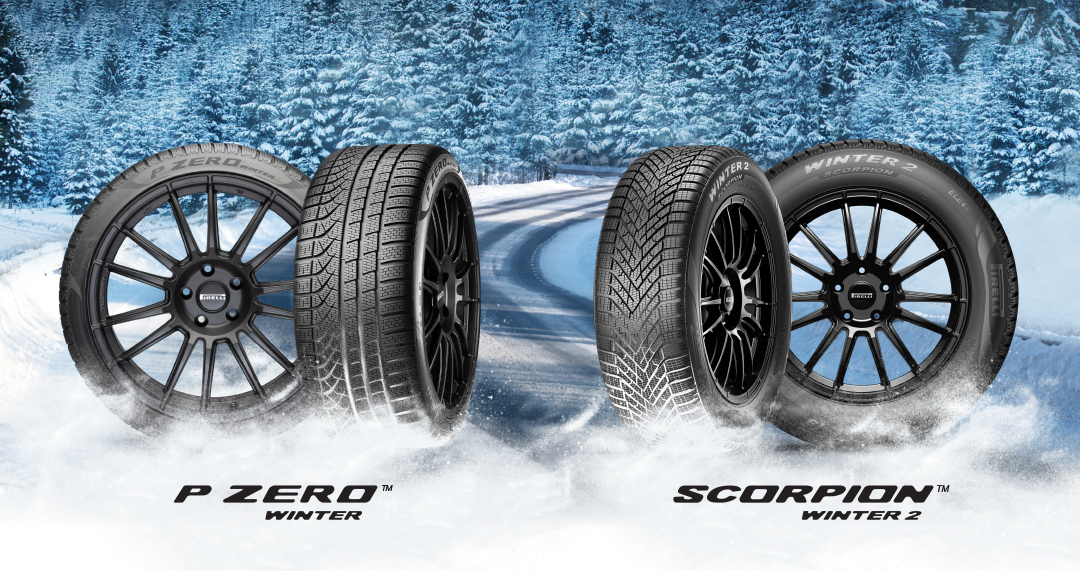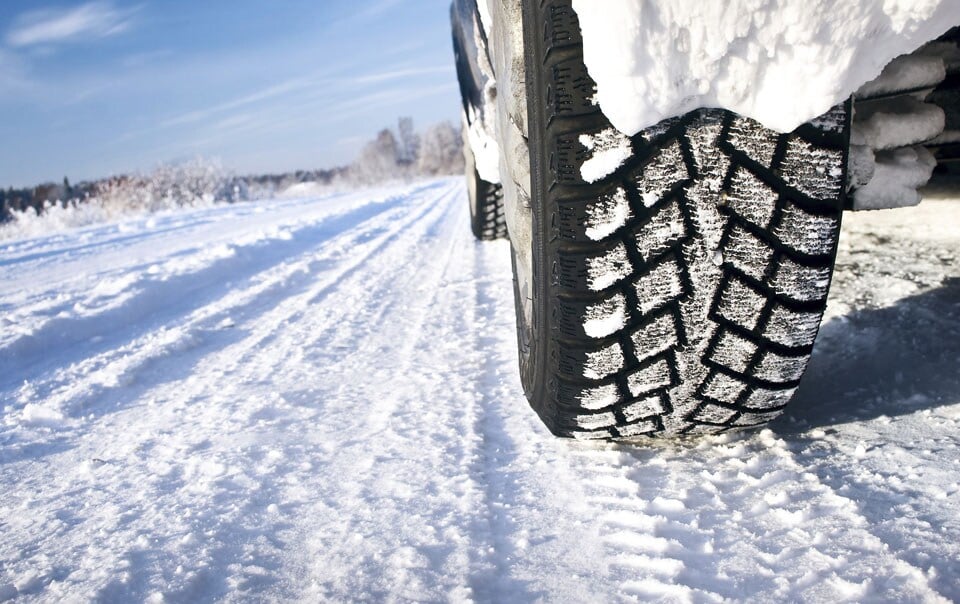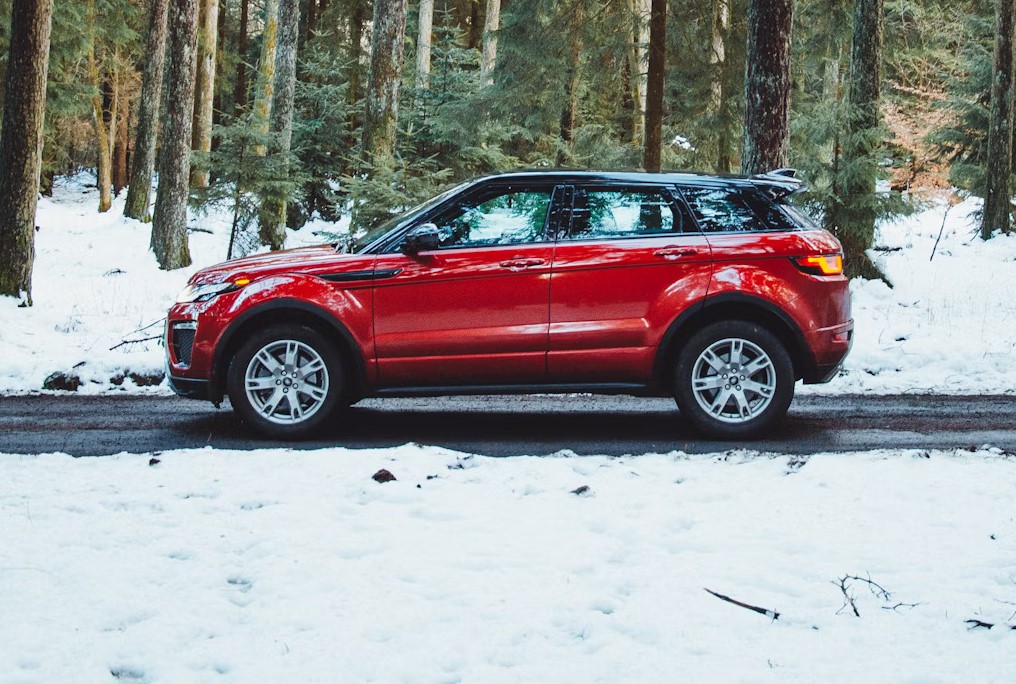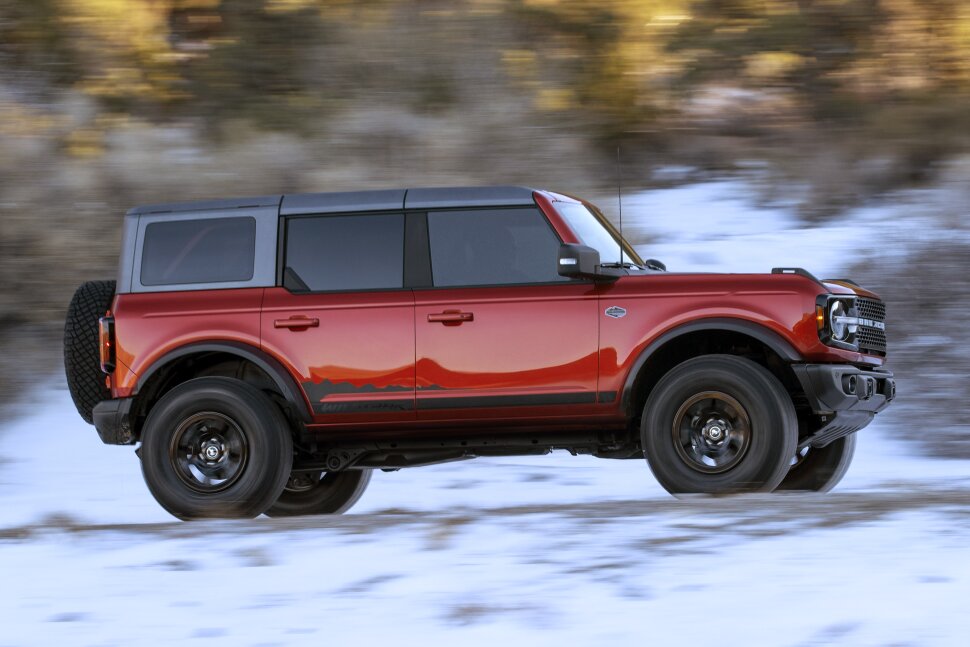Last Updated on November 8, 2024
Let’s Ensure Safe Winter Travel
As winter settles in and the weather forecasts start predicting snow and icy roads, you might wonder whether investing in winter tires is necessary. This comprehensive guide will help you understand the need for winter tires, how they differ from all-season and all-weather tires, and provide you with essential winter driving tips to ensure a safe and worry-free winter season.
Are You in Need of Winter Tires?
The necessity of winter tires largely depends on your geographical location and the severity of the winter weather you face. Winter tires are necessary if you regularly encounter freezing temperatures and snow-covered roads. They provide superior stability during braking, acceleration, and cornering in cold and snowy conditions. Look for tires with the mountain/snowflake symbol for the best performance in severe winter conditions.
No one can blame you for wondering whether buying an extra tire set is necessary.
Winter weather can be unpredictable, and road safety is paramount. Thousands of accidents occur yearly due to winter weather, resulting in injuries and fatalities. Investing in the best winter tires ensures peace of mind and your family’s safety.
Issues for Need of Winter Tires: Finances might be tight as the holidays approach, but safety should never be compromised. If budget constraints are a concern, consider tire financing options. This way, you can prepare your winter tires for sudden storms or freezing conditions and pay for them in convenient monthly installments. It’s a practical way to ensure your safety during winter travel without straining your holiday budget.

What Are the Best Winter Tires?
When you face harsh winter conditions, exploring your tire options is essential. Besides winter tires, you’ll come across all-season and all-weather tires in the market.
When it comes to all-weather vs. all-season tires, Chung reveals the following:
- All-weather tires are a cross between all-season and winter tires, with a hybrid tread pattern
- All-weather tires perform better than all-season tires during the winter, with a faster stopping time in wet conditions
- All-seasons last longer than all-weather tires year-round because they’re made with firmer rubber
All-Weather vs. All-Season Tires: What’s the Difference?
In the winter tires vs. all-season tires debate, you might be surprised to learn about the existence of all-weather tires. All-weather tires combine features from both all-season and winter tires, making them a versatile choice. Here’s a breakdown:
- All-Weather Tires: These tires have a hybrid tread pattern, performing better than all-season tires in winter. They offer faster stopping times in wet conditions, making them suitable for year-round use. However, they typically have a shorter tread life compared to all-season tires.
- All-Season Tires: All-season tires are designed to perform adequately in various weather conditions throughout the year. They have a firmer rubber compound, providing a longer-lasting tread life.
All in all, the best winter tire for extreme conditions is a dedicated winter tire. A recent study showed that a car with winter tires stopped nearly 49 feet sooner than one equipped with all-season tires. A great example of a winter tire is the Vredestein Wintrac Xtreme. When ice and snow hit your neck of the woods, a tire like the Vredestein Wintrac will offer maximum safety and performance.
All-weather tires generally perform better than all-season tires during the winter (and summer because they’re better in wet conditions ). Still, there is a downside: all-weather tires have a shorter tread life than all-season tires. All-weather tread-life does continue to get better as the technology progresses. A great example of a great all-weather tire is the Nokian WRG4 series. The WRG4 balances premium winter performance with a longer-than-normal tread life.
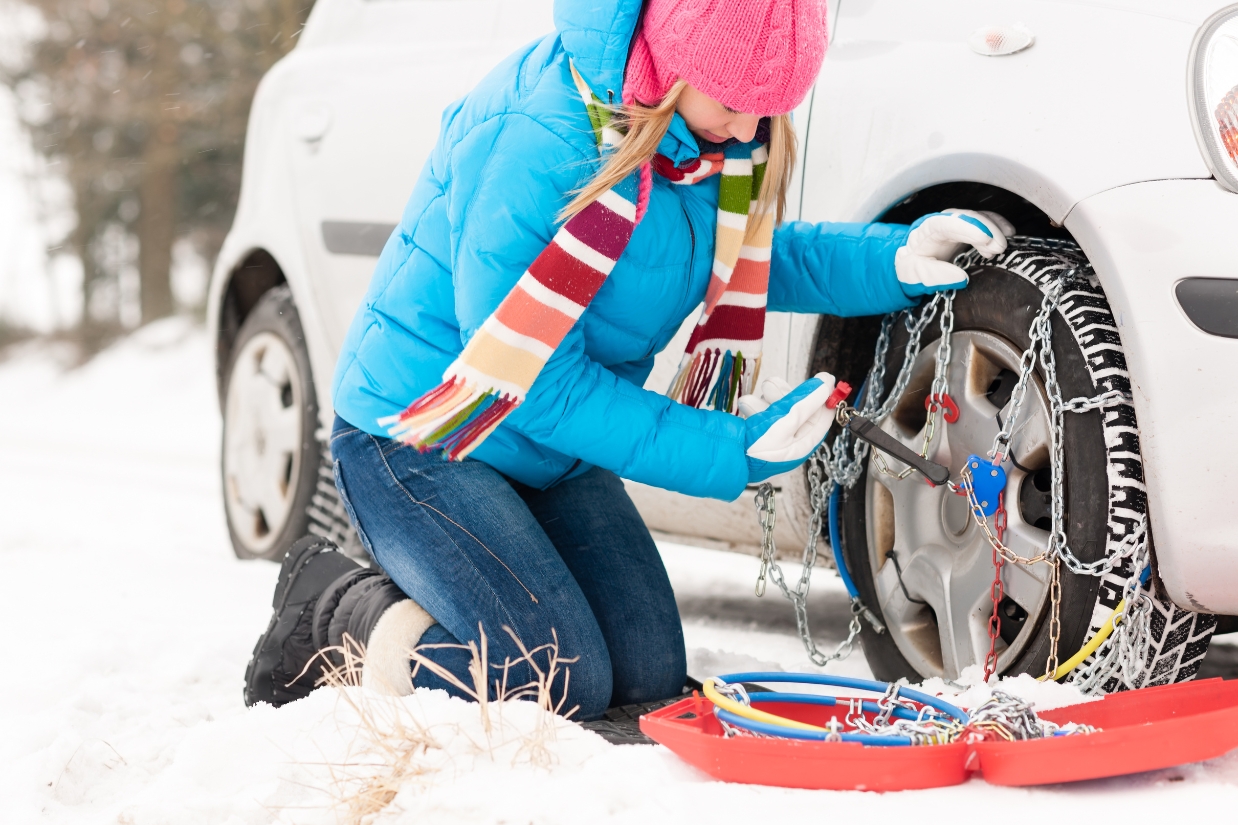
The Best Winter Driving Tips for Need of Winter Tires
Even with great winter tires, you’ll still want to be prepared for driving in ice and snow. There are a lot of things to consider. You never know what other drivers are going to do. Both AAA and the guys from Cartalk offer essential tips. Here’s what you need to know to get where you need to go in the snow:
- Drive Slowly: Accelerate and decelerate gradually, allowing for longer stopping distances.
- Increase Following Distance: Maintain a safe distance of eight to ten seconds behind the vehicle in front of you.
- Avoid Unnecessary Stops: Minimize stopping to prevent getting stuck; keep a slow, steady pace when driving in snow.
- Cautious Hill Driving: Drive slowly to avoid getting stuck up or down hills.
- Consider Staying Home: If conditions are extremely severe, it’s safer to stay home and avoid unnecessary risks.
- Add Weight to Rear Axles: If you have a rear-wheel drive vehicle, placing about 20 pounds in the back can improve traction.
Always clear snow and ice from your vehicle before driving, and ensure your vehicle is well-maintained by checking components like antifreeze and the battery.
You’ll be well-prepared for winter travel with the right winter tires and safe driving practices. Enjoy your winter adventures, and may the roads treat you kindly!
Create a free account on Tires-Easy.com and discover discounted prices on a wide selection of tires.
Conclusion
In short, winter tires are the key to safe winter travel. Don’t compromise on safety—invest in the best winter tires available and confidently drive through cold and snowy conditions.
FAQs
Why do we need Winter Tires?
Winter tires provide better traction, handling, and safety in cold and snowy conditions, reducing the risk of accidents.
Do I need winter tires for winter?
If you face freezing temperatures and snowy roads, winter tires are essential for safe winter driving.
Why are winter tires better in the winter?
Winter tires have a special rubber compound and tread design that remain flexible in cold temperatures, offering superior grip on snow and ice.
What is the useful life of winter tires?
The useful life of winter tires depends on factors like driving habits and road conditions. On average, they last about 3-4 winter seasons.




